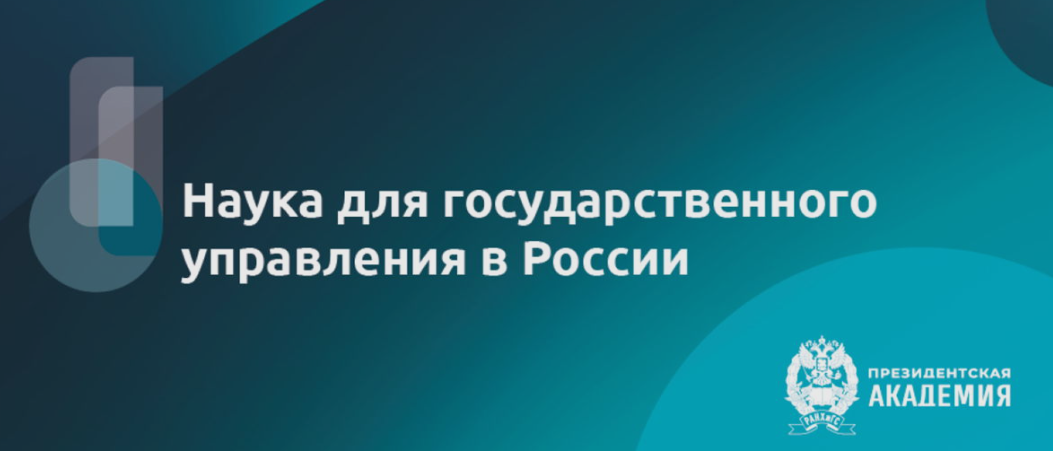Author's column
National project «Science»
The place of the Russian Federationby specific weight in the total number of articles in the field of clinical medicine, indexed in the international database Web of Science Core Collection (WoS CC) is determined. It is shown that if you strictly comply with the wording of the target of the National Project “Science” and assume that correctly all publications on clinical medicine, indexed in WoS CC, refer to the priority “transition to personalized medicine, high-tech healthcare and health protection technologies, including the expense of rational use of drugs (primarily antibacterial “, then the basic value of this target should be defined as the 36th place in the world. For eniya Russian Federation, one of the five leading countries in the publication activity in the field of clinical medicine Russian professional medical community needs to increase by 13 times the number of articles indexed in the WoS CC, to surpass Japan’s figures, which occupies the 5th position at the end of 2017.
As part of the implementation of the approved presidential decrees “On the strategy of scientific and technological development of the Russian Federation” and the national project “Science”, the Russian Federation should take leading positions in a number of scientific areas, including taking by 2024 the 5th place in the amount of patent applications for inventions. The current patent activity of domestic developers in the field of devices for administering drugs to the body or applying them onto the skin of a person is analyzed. A comparison study of inventive activity of domestic and foreign developers is presented. The data obtained demonstrate the extremely low patent activity of domestic developers compared with their foreign colleagues.
Scientific expertise
The first experience of implementation of applied scientific and technical projects, which are an integral part of complex scientific and technical projects (kntp), is Considered. It is shown that the main risk in the implementation of kntp as a full life cycle projects in the Russian Federation is associated with the lack of justification of all subsequent planned works with the use of methods and tools of project management. Recommendations were made to improve the tender documentation in the selection of applied research projects and experimental developments that are part of the kntp, as well as procedural issues of the organization of such competitions to improve the effectiveness of joint (through subsidies from the state budget and own funds of industrial companies) financing of development. A new approach to the examination of applications for subsidies for applied research, involving the use of a significantly greater number of criteria related to the participation of beneficiary companies in the projects of the planned results.
The article proposes institutional tools for solving the problem of forming a competitive and well-functioning sector of applied research and development. The proposed approaches are based on using the methodology of integrated assessment of scientific and technological projects, the so-called. TPRL methodologies as the basis for designing interfaces between stages of fullcycle projects that can ensure the seamless integration of full-cycle projects between various development institutions. To increase the value of the results of scientific and technological projects it was proposed to use a network of technology brokers. The use of professional competences of techno-brokers is confirmed by the positive experience of the Program for the Development and Commercialization of Projects of the Federal Targeted Program “Research and Development in Priority Areas of the Scientific and Technological Complex of Russia for 2014–2020” (hereinafter the Federal Target Program) and the practice of similar domestic and foreign networks. The results and conclusions obtained in the article can be applied in the planning and coordination bodies of various development institutions to increase the effectiveness of their work in terms of creating working mechanisms for the implementation of the implementation of full-cycle projects.
Mainstream
The emerging spin-offs have become a way to further spread of nanotechnology in the 2000s. One of them (nanophotonics), which promises a wide range of technological outputs, is considered in this article. Relaying on bibliometric analysis, the most active world players in the field as well as the main domestic institutions participating in the research were identified, their contribution was estimated, and positioning was shown. Considerable attention is paid to the analysis of the research funding structure, the possible linking of scientific input and output. In particular, there were shown: the internationalization of such funding as an element of the globalization of research, a comparative degree of prioritization of nanophotonics on the agenda of a number of science foundations, an example of identifying the most influential grants by combining bibliometric data with information from the Russian Foundation for Basic Research. The source of information was the polythematic database Science Citation Index Expanded, as well as data obtained through the web portals of the Russian Foundation for Basic Research and the US National Science Foundation.
Foreign experience
During the last ten years, the largest pharmaceutical manufacturers significantly changed their approaches to the formation of their own strategies for capturing and retaining the leading positions in global markets. One of the key prerequisites was a decline in the return on investment in R&D: if in 2010 among the top 12 pharmaceutical companies of the world this indicator was 10,1%, then in 2017 it fell to 3,2%. At the same time, the cost of developing and launching new medicines has increased: from $1,2 billion to $2 billion in 2010–2017.
The article analyzes the main reasons for the transformation of the strategies of the Big Pharma companies. It has been suggested that, in the context of a decline in payback in R&D, increased competition, a fall in public expenditure on the purchase of pharmaceuticals, and tightening of regulatory requirements, it is advisable for domestic companies to reorient the creation of corporate venture funds and investing in start-ups, and actively use the mergers and acquisitions strategy.
ISSN 2949-4680 (Online)


































